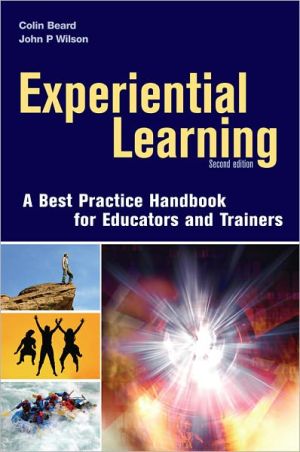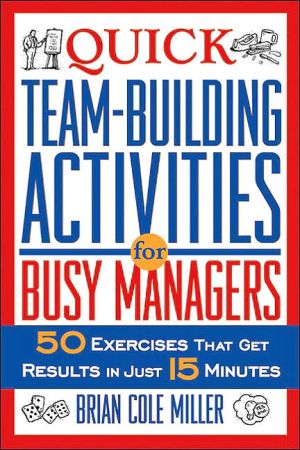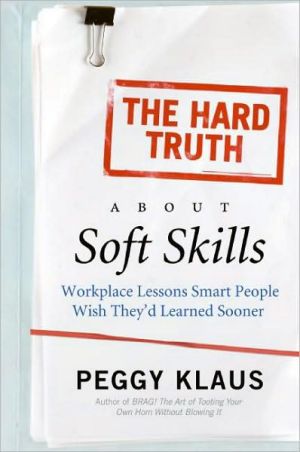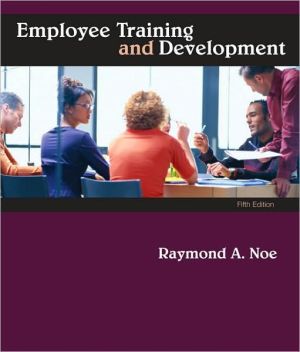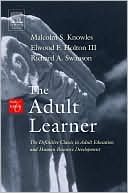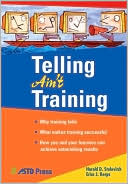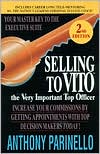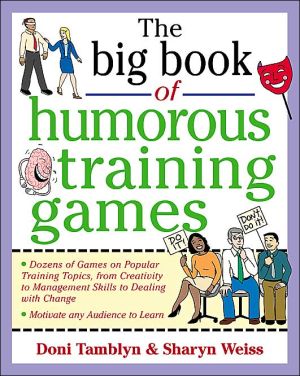Experiential Learning: A Handbook of Best Practices for Educators and Trainers
Games can be more than child's play; they can teach adults, too. As US employees spend more and more time in workplace training, corporations are seeking creative ways to develop and motivate their staff. Beard and Wilson provide a solid and easy-to-follow background into the concepts of experiential, or activity-based, learning and highlight successful techniques, from outdoor team-building to office-based activities. Their concepts can be applied to any groups, from school children to...
Search in google:
To help teachers and educators, this updated edition successfully pulls together the theory and practice of learning through activity-based experience and explains in detail how to implement it.
1Unlocking powerful learning - a new model1Introduction1The tumblers6An overview of the chapters9Conclusion142Exploring experiential learning15Introduction15Defining experiential learning16A meaningful experience20Learning is personal21Painful learning25Detrimental experiential learning27Learning from mistakes28Formal versus experiential learning29The lineage of experiential learning31Experience as learning styles33A chronology of experiential learning35Challenging the concept of experiential learning38Conclusion433Facilitation, good practice and ethics45Introduction45The booming business46The deliverers47Experiential provider roles48Intruding complicators or enabling animateurs51Wisdom and experience52Dysfunctional and indigenous learning54Setting the climate and conditions58Ground rules and values59Reviewing self-practice61Ethical behaviour63A question of balance67Emotional engineering69Ethical models71Codes of practice73Professional bodies and the professional codes of practice74Good practice: the environment76Conclusion784Learning environments: spaces and places79Introduction79Indoor learning: the new classroom80Outdoor learning85Disappearing boundaries: indoor-outdoor, natural-artificial86Reaching out: learning in city space91Artificially created learning spaces92Pedagogy and personal development95Empathetic strategies and the outdoor therapeutic 'effect'99Outdoor environments: therapeutic experiential learning101Sustainable learning environments104Conclusion1055Experiential learning activities107Introduction107The changing milieu108Planned or unplanned activity?110Dramaturgy112Innovation, activities, resources and objects - a simple experiential typology113Adventurous journeys115Sequencing learning activities119Mind and body121Rules and obstacles123Constructing and deconstructing124Telling the story - using physical objects125Conclusion1266Learning activities: exploring reality127Introduction127What is a real experience?128Fantasy135Play and reality137Suspending reality: drama and roleplaying140Metaphors and storytelling143Management development and cartoons147Using photographic images and computer software149Reflections on reality - reading and writing150Rafts and planks... or real projects?152Conclusion1527Working with the senses155Introduction155Re-awakening the senses156Appealing to the senses: higher education158Sensory stimulation in learning and therapy165Inner sensory work: presencing and anchoring170Conclusion1728Experience and emotions173Introduction173Emotion and experiential learning174The power of the emotional state179Emotional waves181Experiencing emotional calm - sorting time182Flow learning185Experience, learning and 'identity'189Conclusion1929Working with emotions193Introduction193The emotional climate - mood setting and relaxed alertness194Overcoming emotion - fear196Mapping and accessing emotions199Using trilogies in emotional work201Using humour and other positive emotions204Accessing emotions through popular metaphors206Metaphoric intervention210Conclusion21210Experience and intelligence213Introduction213Working with intelligence219Other forms of intelligence222Emotional quotient - EQ223Spiritual quotient - SQ226Naturalistic intelligence - NQ230The creative quotient - CQ232Conclusion23811Learning and change239Introduction239Learning and change240Theories of learning: theories of change!241The development of reflective practice242Using problems and challenges245Reflection-inaction and reflection-on-action246Single and double loop learning247Encouraging conditions for reflection248The danger of formal education and training251Critical reflection251Action learning252The action learning set256Timing and duration of learning sets259Problems and action learning260Strategies for learning and change262Conclusion26412Imagining and experiencing the future265Introduction265Imagination267Imagination versus action269Mental fitness for the future271Imagining the future272The value of problems274Imaginative strategies277Imagination and the child282Conclusion285References287Further reading303Index307
\ From the Publisher"Among the book's highlights are interesting conversations on emotional intelligence and ideas for working with multiple senses.... Those seeking to learn more about — and develop for themselves — a more student-centered training approach will find much food for thought here." — Jane Bozarth "Experiential Learning"\ \
